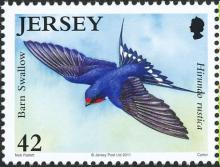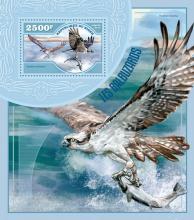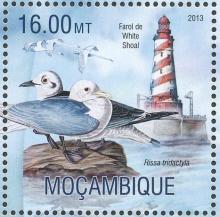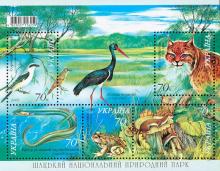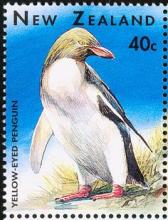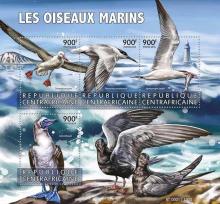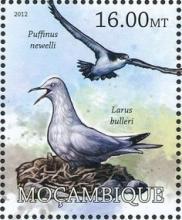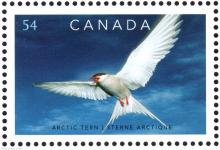Insect-eating birds decline where bee-killing neonicotinoids are present
In his book, Dutch toxicologist Henk Tennekes (2010) makes the case that the contamination of surface water by neonicotinoids is so widespread in the Netherlands (and possibly elsewhere in Europe), that loss of insect biomass on a continental scale is behind many of the widespread declines that are being seen, be they of marsh birds, heath or meadow birds or even coastal species. This suggests that we should be looking at possible links between neonicotinoid insecticides and birds, not on a farm scale, but in the context of whole watersheds and regions.

